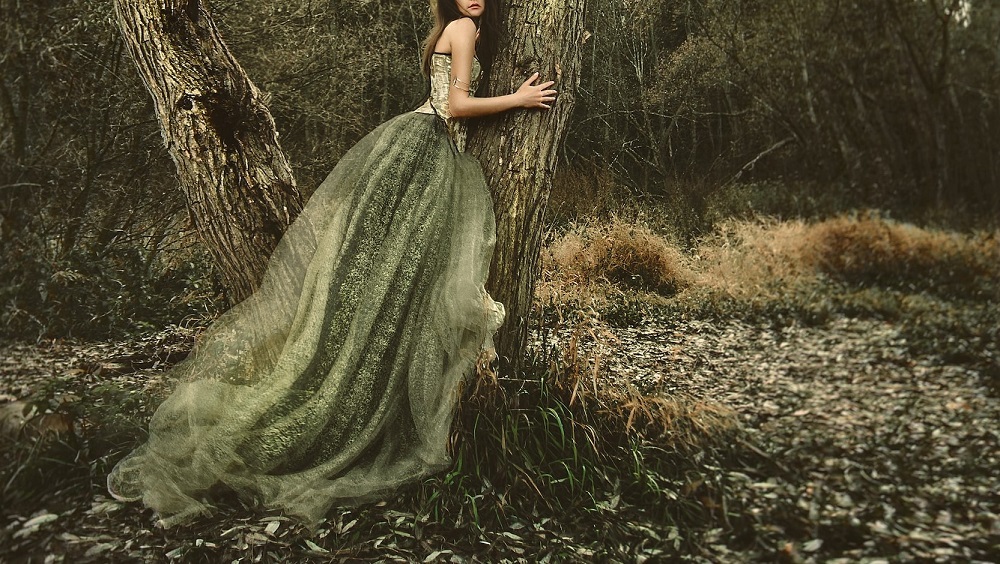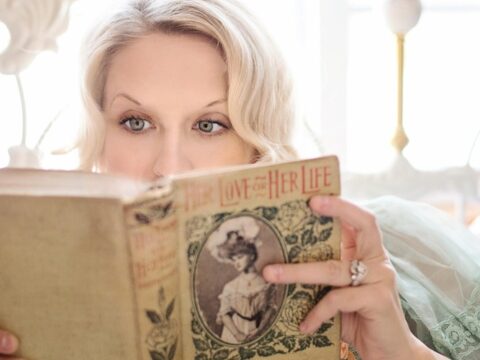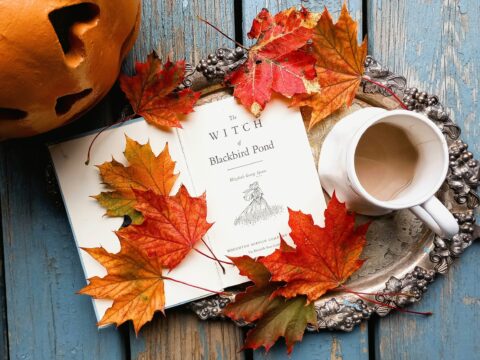This wasn’t what I’d imagined at the ball, the stars wheeling above me as I danced with the prince. Truthfully, I didn’t imagine anything. Just being at the ball was beyond my wildest dreams. And then everything had happened so fast—the prince seeking me for his bended-knee proposal, everyone making wedding plans, me returning to the castle to stay, for good. I remember an old neighbor woman cackling as I rode by, astonished, in the prince’s carriage: “Now there’s one who will live happily ever after.”
Margaret Peterson Haddix, Just Ella
Like any self-respecting fairy tales fan, I consider myself a connoisseur of Cinderella stories. I know, I know, it’s the most cliché choice of all the tales, but there are so many reasons why Cinderella is timeless and beloved all over the world. Rags to riches stories, whirlwind romance, and glamorous balls always seem to be in style. And there are a plethora of Cinderella versions to choose from.
Of course I’m a fan of the original German and French fairy tales. And I ADORE the whimsy and creativity of Gail Carson Levine’s Ella Enchanted. My favorite movie of all time is Drew Barrymore’s Ever After, a Cinderella retelling that perfectly captures the romance and nostalgia of the fairy tale with a historical backdrop rather than a magical one. I tend to favor Cinderella stories with at least a spritz of magic, whether that’s supernatural magic or a twist of fantastically good luck. Just a little something to help the heroine capture her happy ending. Isn’t that the essence of Cinderella?
So imagine my surprise when I stumbled across a 100% realistic and somewhat dark Cinderella story that I genuinely liked. And one written in the same decade as my favorite retellings, no less. Enter Margaret Peterson Haddix’s Just Ella, a novel I’d never even heard of until now.
This Book Starts Where Most Cinderella Stories End
As with all my reviews, I vow not to spoil this book for you. But I will give you the basics of what makes Just Ella special. This book starts after Cinderella has already fled from the ball, tried on the glass slipper, and gotten engaged. Now she’s the prince’s betrothed and living in the palace. And unlike other Cinderellas, she really did make all this happen on her own.
I think one of my favorite parts of this book is how Ella sews her own dress, procures her own slippers in the cleverest fashion, and schemes every step of getting herself to and from the ball. There are no fairies, no magical contracts, and not a single helper in sight. Despite being only fifteen years old in an incredibly sexist and inhospitable world, Haddix’s Ella is easily the most determined and independent Cinderella I’ve read about. Hands down.
But Her Ever After Is Anything But Happy
Right from the beginning, we get a pretty bleak picture of what Ella’s life has become. First of all, her fiancé is scarcely around. They have one chaperoned visit per day and can barely talk. It’s pretty obvious from the get-go that Ella and Prince Charming know nothing about each other, which makes perfect sense.
Outside of her brief visits with the prince, Ella is completely isolated and subjected to endless lessons on royal history, etiquette, and needlepoint. Her instructors idolize her as their princess while also looking down on her for her rumored humble background. The combo is truly rankling.
Worse still, Ella isn’t permitted to do anything for herself. You would think that a life of luxury and leisure would be a relief after living under her stepmother’s tyranny. In reality, it’s pretty awful. With no one to talk to and hours of tedious lessons, Ella genuinely feels like she’s losing her mind. She never thought she’d miss working, but with all productivity stripped from her life, Ella has been reduced to a pretty object.

Ella’s Beauty Is More of a Curse than a Blessing
Most Cinderella stories depict beauty as a ticket out of hard life. But I loved how Just Ella really highlights that Ella’s looks create more trouble than they’re worth. They inspire her stepfamily’s jealousy and make Ella the target of abuse. They bring tons of unwanted attention in her hometown. And naturally they lead to her engagement to a stranger and her miserable situation at the palace.
Over and over Ella is told that her role as princess is to be decorative, poised, and never in the way. Basically to be ornamental. Whether or not she’s happy is immaterial so long as she provides the royal family an heir and does nothing embarrassing or improper. This task is harder than it sounds for a girl who was covered in soot for years and shunned from society.
This Book Explores Aspects of the Cinderella Story I’d Never Thought Of
They never cover the transition period in rags to riches stories, do they? I’d always taken for granted that Cinderella is actually a noble who was forced to work. But what does she actually know about court life? While other girls her age have been finished and educated, Ella has been doing backbreaking work. Suddenly a princess, she goes from one extreme to the other: unable to even stir her own fire. If you really stop to think about it, such a sudden transition would be both overwhelming and deeply frustrating.

Then there’s the court’s reaction to the prince’s unorthodox bride. Ella is extremely beautiful, but in the eyes of the king and queen—and everybody else for that matter—she’s an awful choice. From day one, everyone is out to change everything about Ella, including her spirit. The royal staff is on a mission to hide Ella’s background, polish her manners and deportment, and minimize all the characteristics that make her who she is.
“So that’s how you got here. I can’t say your story’s that much less incredible than the ones about fairy godmothers and magic pumpkins.”
“But it’s the truth,” I said. “Don’t you believe me? I know the truth has to be secret, but can’t you get someone to stop all those rumors?”
“Princess,” he said with unusual emphasis. “Nobody can stop those rumors. People would rather believe in fairy godmothers and . . . well, divine intervention than to think that you took charge of your own destiny.”
Margaret Peterson Haddix, Just Ella

Just Ella Depicts Feminine Strength that You Don’t Often See
I had to admire this heroine because when you take away all magic, luck, and whimsy out of the Cinderella story, what you’re left with is a young girl trying to break free of others’ control. Even in her “happily ever after,” she’s still trying to escape her prison of others’ expectations.
This Cinderella never wanted a luxurious life or even to be married to a prince. She just wanted to be loved. By ANYONE. And even though she’s strong-willed and finds plenty of subtle—and not-so-subtle—ways to rebel in her current situation, she’s still compassionate and very feminine. I really appreciate that because too many retold fairy tales masculinize their heroines or just turn them into warriors, swords and all.
But here we find a real, honest-to-goodness girl in a society where women’s happiness is scarcely a passing concern. This is the world Ella was raised in, but she’s not on a crusade to destroy the traditions of her society. She’s on a mission to make her world a little kinder and perhaps even carve out a place in it for herself to find contentment. More power to her.

If You Want a Truly Unique Take on Cinderella, Read Just Ella
I can’t even begin to do justice in this review because the coolest parts of this book are all spoilers. But Haddix found new ways to surprise me in every chapter. And made Ella’s situation SO terrible in ways that I didn’t even consider.
But this book isn’t all doom and gloom. Its harsh realism is very dark, but Haddix also gives Ella a dry sense of humor that popped up in the best places. This book has plenty of suspense, fascinating moral grayness, and even romance. Plus an ending that I definitely did not predict.
If you’re looking for a read that’s complex, surprising, and undeniably real, I highly recommend you give Just Ella a try. ❧

